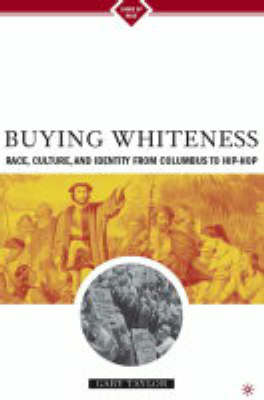Signs of Race
2 total works
When and why did 'white people' start calling themselves 'white'? When and why did 'white slavery' become a paradox, and then a euphemism for prostitution? To answer such questions, Taylor begins with the auction of a 'white' slave in the first African American novel, William Wells Brown's Clotel(1853), and contrasts Brown's basic assumptions about race, slavery, and sexuality with treatment of those issues in scenes of slave marketing in English Renaissance drama. From accounts of Columbus and other early European voyagers to popular English plays two centuries later, Taylor traces a paradigm shift in attitudes toward white men, and analyzes the emergence of new models of sexuality and pornography in an 'imperial backwash' that affected whites as much as blacks. Moving between the English Renaissance and the 'American Renaissance' of the 1850s, this original and provocative book recovers the lost interracial history of the birth of whiteness.
This text links the historical development of modern racisms - including the conflict between America and Islam - to the way the very specific geography of the Atlantic conditioned interactions between human groups.

